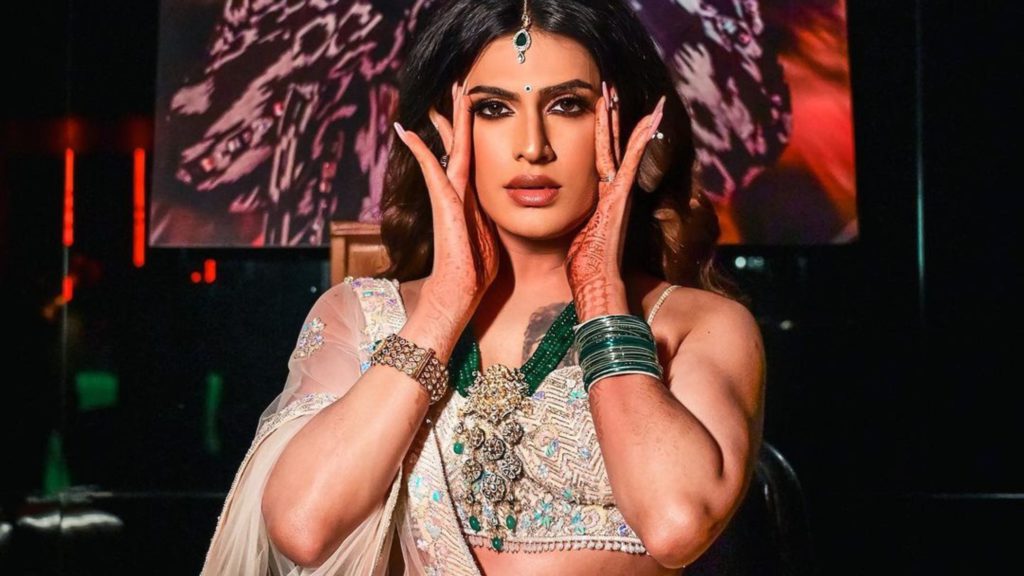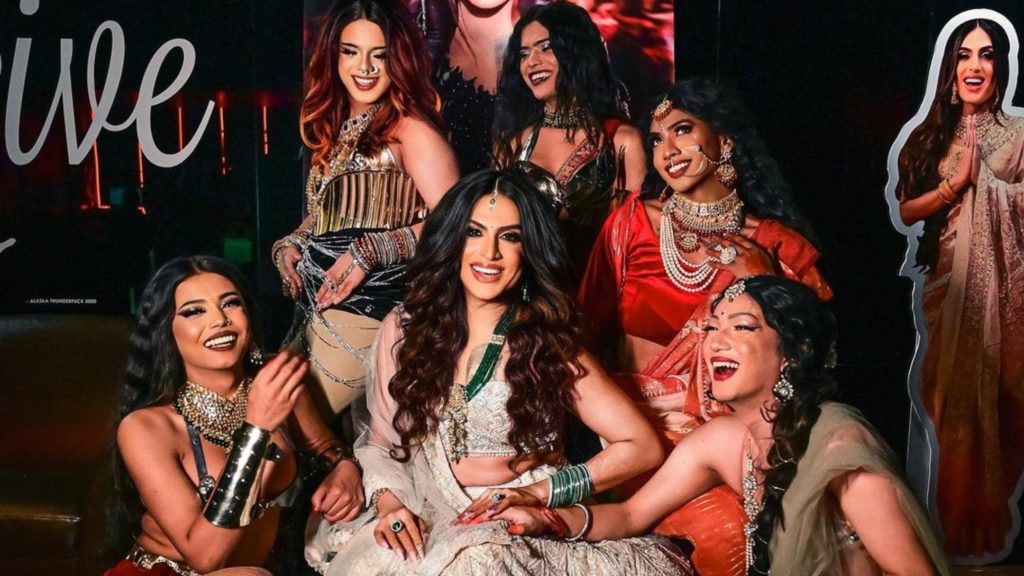Drag culture has historically and globally been a kaleidoscope of colors, dance and music performances, and of course, unapologetic self-expression. And hear, hear – India’s drag scene has found its crowning jewel: The Hauz of Kohenur. Led by the illustrious creator and performer Sushant Divgikar a.k.a. Rani Ko-He-nur, this groundbreaking ensemble showcases the finest drag talent in the country. This is India’s first Drag House – a collective that celebrates art, culture, and identity like never before. It is a definite Nama-slay in our books!

What are drag houses?
In the late 19th century, William Dorsey Swann laid the groundwork for a phenomenon that would shape LGBTQ+ culture for generations: drag balls. Fast forward to the 1960s in Washington D.C., where this legacy evolved into something even more profound – a network of drag houses. These houses weren’t just venues for parties; they were tight-knit communities led by influential figures known as “mothers.” These mothers provided more than just a space to express oneself – they offered mentorship in makeup, fashion, and performance, shaping the next generation of drag artists known as drag daughters.
These houses became the cornerstone of support within the LGBTQ+ community, offering guidance and solidarity to aspiring drag artists. At their core, drag houses were not just social hubs; they were sanctuaries, nurturing unconditional creativity and acceptance.
Also Read: Is Sanjay Leela Bhansali’s Heeramandi Worth The Hype?
The Hauz of Kohenur
Beyond the glitter and sequins, the journey of The Hauz of Kohenur is a sole testament to Rani Ko-he-nur’s resilience, passion, and a relentless pursuit of dreams. In their latest social media post announcing the Drag Hauz, they reminisce about the early days when they dared to dream of a stage where their children – their drag family – could stand alongside them, basking in the same spotlight.
Years of dedication and unwavering determination have culminated in a spectacle that is nothing short of spectacular. The photographs capturing Rani Kohenur’s daughters – Seventeen K Sins, Ashish Dey, Valentina Magar, RoxY K Versace, and Diva (from Haus of Sins) – radiate with palpable energy, a testament to their commitment to the art form and their mother’s legacy. Rani Ko-he-nur also humbly acknowledges that the Hauz of Ko-he-nur is not complete without the presence of her other beloved children, Suruj (Glorious Luna) and Durga Gawde. While they may not have graced the stage at the upcoming show, Rani hopes to bring their entire ensemble together for the audience to meet them.

As the curtains rise on this new chapter, Rani Ko-he-nur extends an invitation to all to witness The Hauz of Kohenur. The newly minted Instagram page, @hauz_of_kohenur, serves as a portal into their world – a world where diversity is embraced, individuality is celebrated, and love reigns supreme.
The significance of the Hauz of Kohenur extends far beyond the culture of drag; it is a symbol of empowerment and a fresh take on the transformative power of art. Through their performances, these drag artists are challenging societal norms, defying stereotypes, and paving the way for a more inclusive Indian society. In a country where the LGBTQ+ community continues their fight for recognition and equality, the Hauz of Kohenur is a strong step towards setting a reminder that every individual deserves the right to live authentically and unapologetically.
Rani Ko-he-nur signs off with a heartfelt message of gratitude and love: “Share the love and give your love to all my babies.” We love you, Rani, and we are so so excited for you and the entire Hauz of Kohenur!


